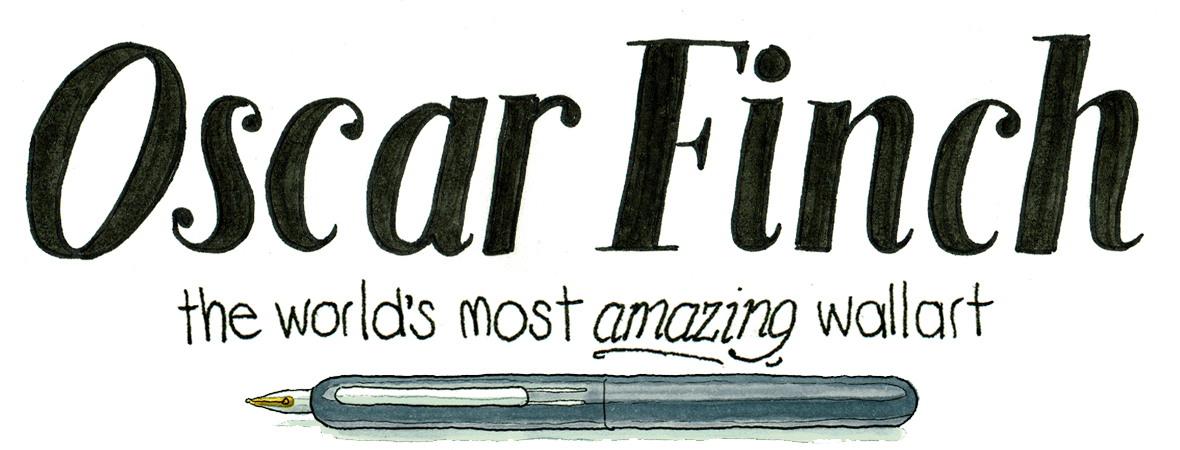My #5 ideas to win the Archibald Prize (as a radical rebel)
Ah, here we are…the destination the road has brought us to and the endgame that all the calculating and ideas have birthed.
First, a quick recap.
We've looked at what has a winning track record of winning the Archibald Portrait Prize and alternatively how to be a radical rebel (like William Dobell in 1943 and Brett Whiteley in 1976), how to get noticed and how to avoid the folly of trying to beat a strongman with strength (or Monet with Impressionist oil painting for example).
I'm acutely surprised at where the road has taken us, but perhaps that's the point after all?
Remember of course that art is not about painting but about sharing an idea or feeling or story (otherwise a photograph might suffice). But the idea needs a nurturing father to become inviting lest it become a lecture or predictable romantic comedy.
Through these final #5 ideas I hope to activate the imagination - the vast oceanic expanse of the viewers mind which makes 'the' idea, the viewer's idea. I’ve noted each with comments and how it meets the radical rebel criteria and it's advantages.

1. The bookshelf of art, arts, music & culture
The bookshelf allows much room for pop and art culture references (previous winners for example) which makes it relatable with a sense of irony as well as a portrait of anyone fitting this criteria (in addition to a sneaky self-portrait) It's also gigantically wide so stands out.
2. The Artwork Without Any Pictures
In the realm of Radical Rebels this might be the boldest in history. The challenge however is to find a way to win the judges and viewers over without alienating them with escoteric abstract ponderings.
3. The ABC's of the Archibald
A gigantic nod to the history of the Archibald Prize and any one of twenty six things that begin with a letter of the alphabet. Treading the fine line of high art and amateur childishness is the challenge but pulling it off would well and truly change Archibald history.

4. The happenings of George Street
This is one of my haunts so a very personal piece which tells the story of unnoticed strangers on the busy George Street – highly relatable to Sydney siders (and possibly judges). The gigantic size and shape of the work (tall and skinny) is sure to stand out in portraying the giant space of the cityscape with a strategically placed unusually undersized portrait near the Queen Victoria Building.
5. The intimacy of a foldout notebook
Yes, it’s a painting but not as you know it. The notebook is the most intimate and personal of treasures and might invite the audience to feel intimacy unmatched by a giant and unapproachable canvas. What’s in the foldout notebook? If it happens, wait and see (I’m open to suggestions) but it would be the smallest winner in history … by a long way!
Of course there is a big difference between saying it and making it. That's to where I now turn...





Ace
June 06, 2015
Hi Oscar,
I think you should focus on telling the story of the unknown or lesser characters that are on the periphery of our existence.
To me thats what resonates best – telling the story of the cleaner, the person handing out the Big Issue or the Beggar on George St.
Keep it classy my friend, and all the best with your dreams.
Remember the sky is not a large enough canvas for us to paint all our dreams upon.
Take Care
Ace